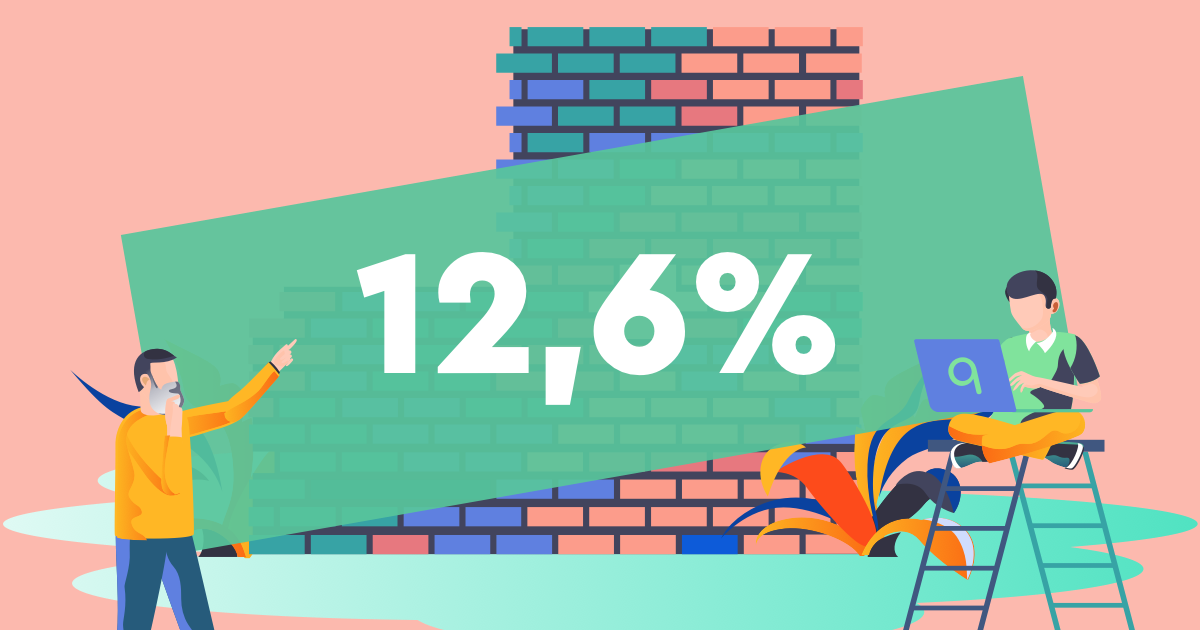Discovering Go: A Deep Dive into Google's Own Programming Language
Go, often referred to as "Golang" (to assist web search), is a statically-typed, compiled programming language that was designed at Google by Robert Griesemer, Rob Pike, and Ken Thompson. Released to the public in 2007, Go has been on an upward trajectory since then, earning a spot among the top programming languages and favored by programmers across the globe.
Why Go?
1. Simplicity
One of the major appeals of Go is its simplicity. Its creators sought to build a language that was not only efficient but also straightforward to understand and code. The syntax of Go is clean and the language itself offers minimal features – there are no classes or type inheritance, for example. This makes it easier for programmers to read and write code, and often leads to lower maintenance costs.
2. Performance
Go's performance is often compared to C and C++, renowned high-performance languages. This performance comes from Go's nature as a statically-typed compiled language. Code is directly compiled to machine code, which allows it to run swiftly without the need for an interpreter. This speed makes Go a good fit for complex systems that require efficient execution.
3. Concurrency
Go has first-class support for concurrent programming, a technique that can lead to software that's faster and more responsive. Goroutines, a feature of Go, are functions that can run concurrently with others. They are much lighter weight than threads in other languages, making them cheaper to create and destroy. In addition, Go has channels, a built-in way to safely communicate between and synchronize goroutines. This concurrency model, often summarized as "Don't communicate by sharing memory; share memory by communicating", sets Go apart from most other languages and makes it ideal for network programming and scalable system applications.
Popular Uses of Go
The advantages that Go offers have led to its use in a wide variety of applications. Some of the popular uses include:
-
Cloud services: Go is a popular choice for backend development in the cloud. Its efficiency and support for concurrency make it suitable for high-performance backend services. Google Cloud, Dropbox, and Docker are a few examples of cloud services that make use of Go.
-
DevOps tools: Kubernetes, Docker, and Terraform, major DevOps tools, are written in Go. These tools require high performance and scalability, traits that Go inherently possesses.
-
Web development: Despite being a new player in the web development world, Go is quickly gaining popularity. It is used for building simple, reliable, and efficient software. High-speed startups have been known to favor Go for their web development needs.
-
Data pipelines: Go's ability to handle concurrent operations makes it a great fit for building data pipelines that ingest, process, and distribute data in real-time.
The Future of Go
Looking at the current trend, the future of Go seems promising. Its adoption is growing, both in the industry and the open-source community. The simplicity and efficiency of the language make it an attractive choice for programmers who are looking for a tool that can handle modern software development's scaling needs.
Go has been, and continues to be, heavily utilized within cloud computing, network programming, and big data – areas of computing that are still expanding. As long as these fields continue to grow and evolve, it's a safe bet that Go will also continue to be in demand.
Conclusion
The Go programming language, with its simplicity, performance, and first-class support for concurrency, is a strong contender in the world of programming languages. While it might not replace languages that are currently in use, it offers an effective alternative for projects that require efficiency, concurrency, and scalability.
As software continues to evolve, it will be fascinating to see where Go's journey leads in the coming years. Regardless of where it ends up, one thing is certain: Go offers a unique blend of simplicity and power, and for many programmers, it's an invaluable tool in their coding toolkit.
Read also

